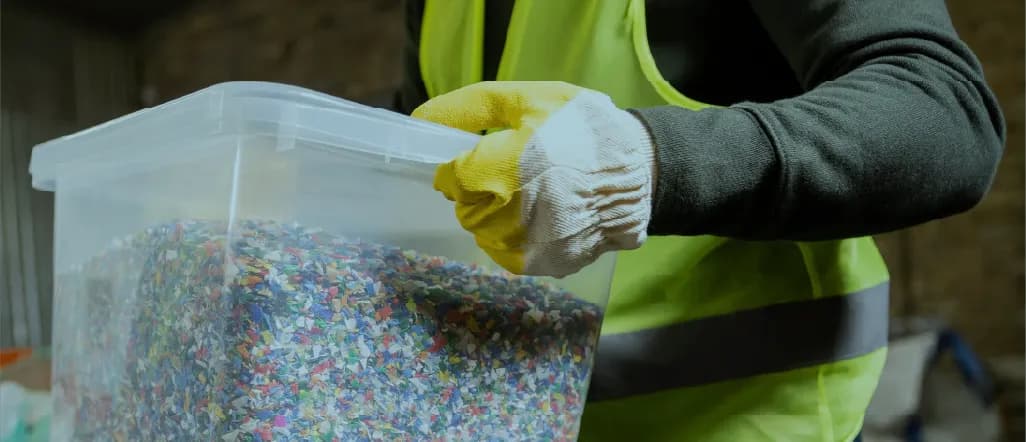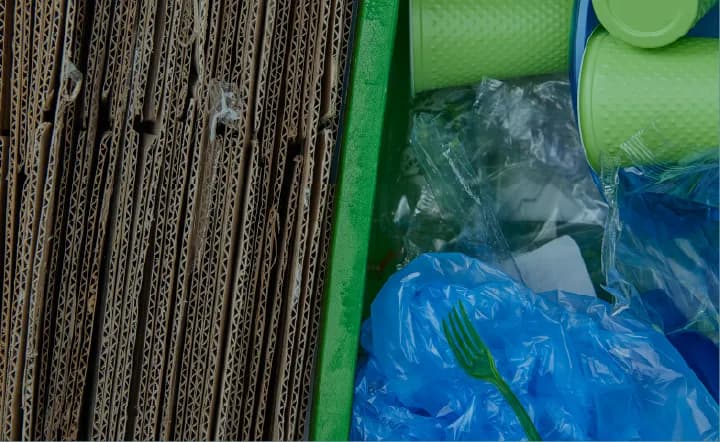ProClime's Plastic Waste Diversion and Repurposing Program is a strategic initiative designed to address the growing challenge of plastic waste by implementing comprehensive recycling and repurposing solutions. Our comprehensive program focuses on reducing landfill dependency, enhancing recycling technologies, and promoting sustainable waste management practices. The key components of the program are:
Enhanced Waste Collection
Waste collection infrastructure is improved and advanced sorting technologies are utilized to efficiently collect and separate plastic waste.
Advanced Recycling
Cutting-edge recycling processes are implemented to maximize plastic recovery and minimize waste.
Promoting Recycled Plastics
New markets and applications for recycled plastics are created, reducing reliance on virgin materials.
Sustainable Waste Management
Responsible waste disposal and recycling behaviors are promoted to minimize environmental impact.
Environmental Sustainability
A cleaner environment and resource conservation are contributed to through effective waste management.
Innovation and Collaboration
Innovation in plastic waste management is driven and partnerships with stakeholders are formed to achieve program goals.
Economic Benefits
By promoting recycling and repurposing initiatives, the economy is stimulated through job creation.







